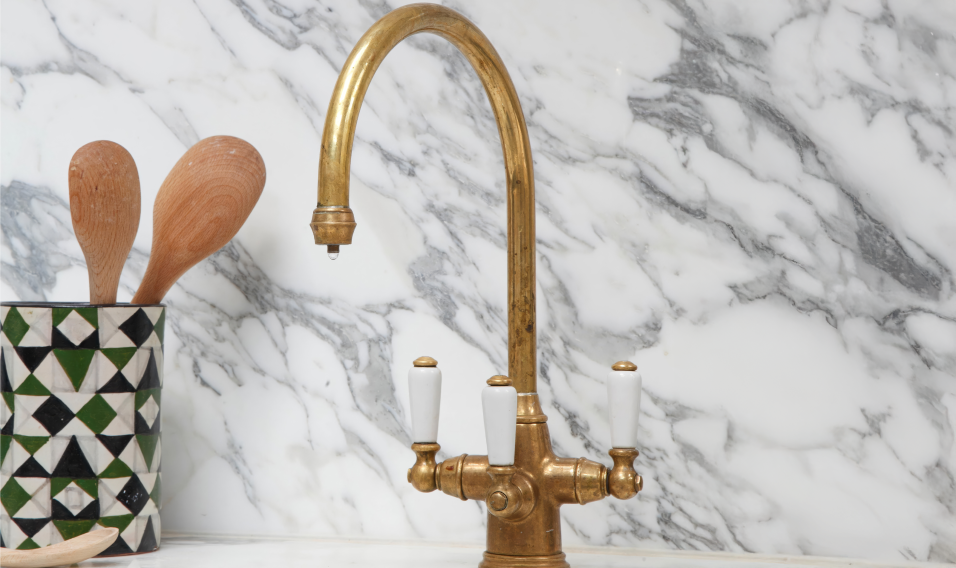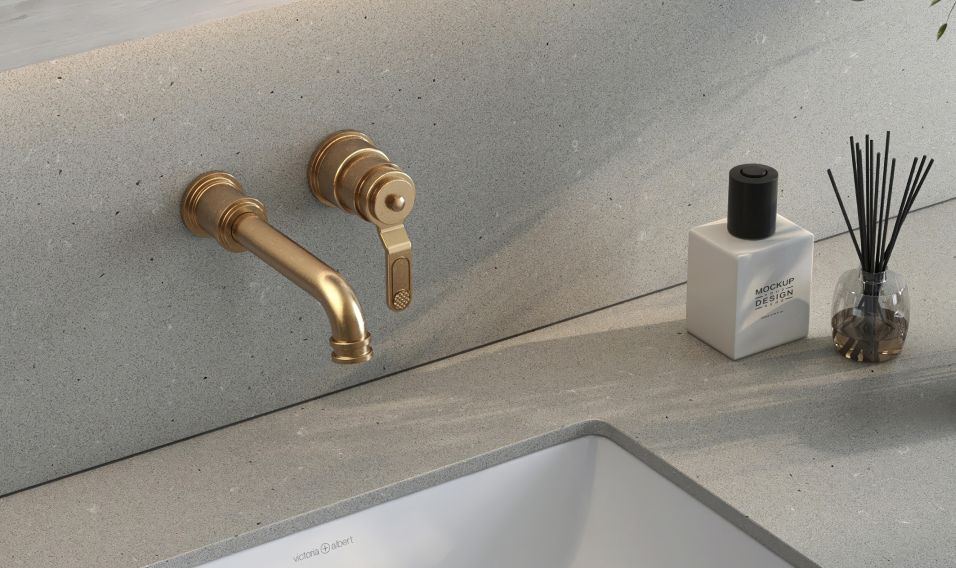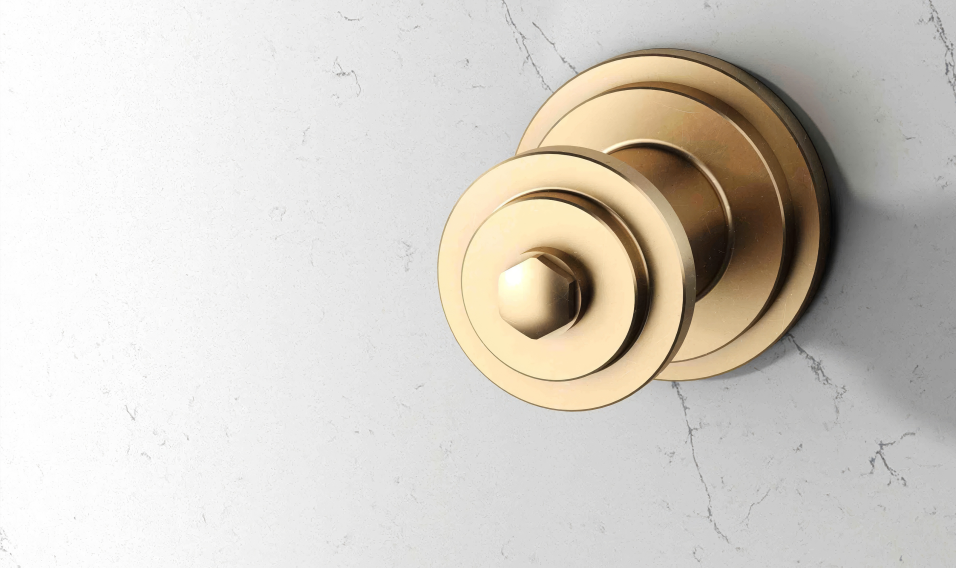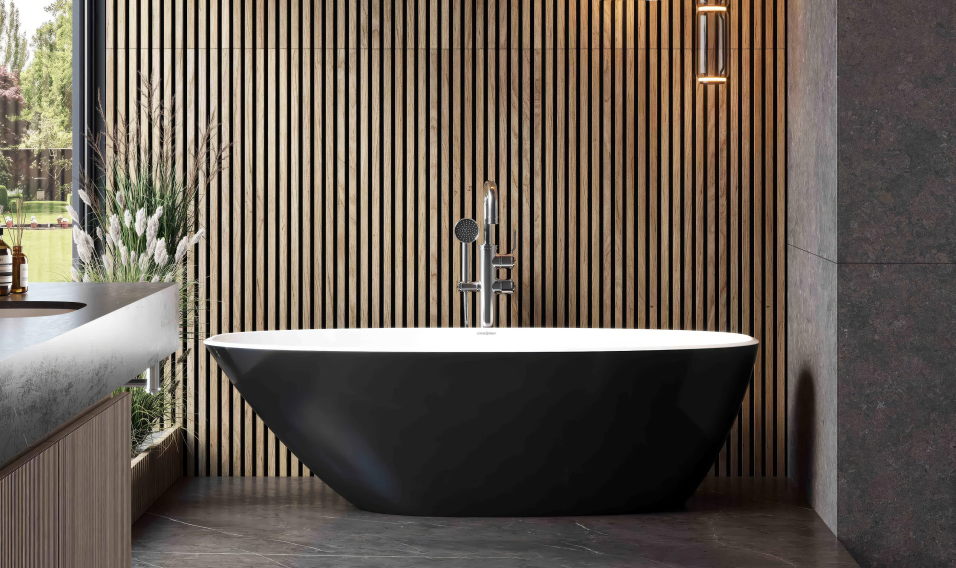| Tags | walk-in bath bath easy riser montana priya tray sizes anti-slip shower tray sizes shower tray freestanding baths geberit aquaclean aquaclean carron corner bath carron baths show all posts |
New Perrin & Rowe Armstrong Taps, Showers & Accessories
If you've spent any time looking into high-end kitchen or bathroom fittings, you've probably come across Perrin & Rowe. They're not some mass-market operation. Every tap, valve, or shower part is built in the UK, by hand, by people who know what they're doing. You won't find any flimsy plastic here—just solid brass, fired ceramic discs, and finishes that wear in, not out.
What sets Perrin & Rowe apart is how little they've chased trends. They design for longevity. You're not buying something that looks good in an Instagram kitchen for six months—you're buying something that'll still feel right ten years from now. Their manufacturing base in Wolverhampton and assembly lines in Rainham keep everything close to home, so quality doesn't fall through the cracks. And while the outside of their products gets a lot of the attention (rightly so), the engineering inside is just as dialled in.
When people say "British-made" like it means something—this is what they're talking about.
A Look Back at Perrin & Rowe's Signature Ranges
Before the Armstrong range came along, Perrin & Rowe already had a solid lineup. They've always leaned into timeless design—stuff that doesn't scream for attention but gets noticed anyway. The Ionian and Phoenician taps are a good example. You'd spot them in a country kitchen somewhere in Oxfordshire just as easily as you would in a townhouse in Chelsea. Bridge mixers, crosshead levers, porcelain handles—they've stuck with the kind of details that have aged well over the last century.
Then there's the Deco range. Slightly more angular, Art Deco inspired, but still unmistakably Perrin & Rowe. It shows they know how to do traditional without getting stuck in the past. These aren't copies of old things—they're new things made with respect for the old ways.
And the finishes—they've never just offered shiny chrome and called it a day. Unlacquered brass that patinas over time, polished nickel with that warm gleam under soft lighting, and a pewter option that works wonders in a darker kitchen scheme. That attention to materials is what gave these earlier ranges staying power.
So when Armstrong landed, it didn't feel like a reset. It felt like a next step. Built on the same backbone, but heading somewhere new. If Ionian is the farmhouse table, Armstrong is the solid steel prep bench—with brass fittings.
What's New in the Perrin & Rowe Armstrong Range?
The Armstrong collection is Perrin & Rowe's take on industrial, and they've done it properly—not just surface-level styling. The first thing you notice is the knurling. It's not just for looks. That machined grip gives the handles a tactile feel—practical when your hands are wet, but also satisfying in a way that's hard to explain until you've used one.
They've taken cues from 19th-century engineering—the name itself nods to Joseph and George Armstrong, pioneers in locomotive design. It's that same sense of engineered permanence that defines this range. Every fitting looks and feels solid, like it was built to outlive the kitchen.
There are more modern upgrades, too. Some models include a pull-down rinse—neatly tucked into the spout, with a magnetic catch that snaps it right back into place. Others are available with instant hot and filtered water, depending on the setup. All of them run on Perrin & Rowe's proven ceramic disc cartridges and are tested to tight tolerances.
What's clever is how the Armstrong range manages to feel both contemporary and grounded. You're not getting gimmicks. You're getting refinement where it matters—materials, detailing, and usability.
Armstrong Design and Styling Explained
If you're into clean lines and functional design, the Armstrong range will make a lot of sense. There's no over-the-top flourishes or faux detailing. Everything is deliberate—like the cylindrical spout with its flattened arc, or the knurled collar where the lever meets the body. It's design with a mechanic's mindset, which is what gives it that industrial edge.
But this isn't raw factory chic. It's refined. The proportions are balanced, the finishes are flawless, and the machining is top-tier. Think of it like the difference between an old workbench and a precision lathe—still industrial, but far more elegant.
What's interesting is how versatile it is. Pair it with concrete or raw wood, and it leans industrial. Drop it into a clean marble setting with minimal lines, and it feels high-end contemporary. It's that rare style that adapts to the space around it.
The levers are weighty, reassuring in the hand, and they don't flop around like you get with cheaper fittings. You can tell there's real engineering behind every movement. Even the base plates and backnuts feel overbuilt in the best way.
This range wasn't made to blend in. It's meant to be seen. But not in a shouty way—in a way that quietly says: "someone thought this through."
Available Finishes in the Armstrong Collection
One of the strongest features of the Armstrong range is the finish lineup. There's no one-size-fits-all here. Whether you're after that fresh-from-the-factory look or something that ages with grace, Perrin & Rowe have covered it.
You've got the dependable classics: Polished Chrome, which works in almost any kitchen and wipes down easily; and Nickel, which offers a softer, warmer shine and looks great against darker surfaces. But it's the more characterful options that really set things apart.
English Bronze brings depth and a subtle patina—less glossy, more lived-in. Then there's Aged Brass, which isn't lacquered, so it develops a natural tarnish over time. If you like materials that change with use, this one tells a story every time you touch it. For something punchier, Satin Brass has that brushed finish that holds up well against fingerprints while still catching the light.
Every finish is applied by hand in the UK. No shortcuts. And because it's all done in-house, you get proper consistency between the tap, spray rinse, and accessories. No mismatched tones, no surprises when the delivery arrives.
You can also get matching soap dispensers and filtration spouts in the same finish, so the whole workstation looks intentional—not thrown together from parts.
Technical Features and Performance Details
Under the skin, the Armstrong range sticks to what Perrin & Rowe do best—solid mechanics. Every tap in the collection is made from low-lead brass and fitted with ceramic disc cartridges that last for years, not months. These aren't the cheap cartridges that start to leak or grind after a few hard turns. You can feel the smooth resistance right from the first use.
The water flow is balanced too. If you've got low pressure, you'll want to check the specs—Armstrong is best suited to systems with a bit of force behind them. But it's not greedy. Most models are designed to work with pressures from 1.0 bar upwards, which covers a lot of modern UK homes.
The optional pull-down rinse units are spring-loaded and slot back into place cleanly, with a magnetic catch so it doesn't dangle or misalign. It feels professional, and it's particularly handy if you do a lot of washing-up by hand or prep work around the sink.
Filtration models in the range run a twin-lever setup—one for hot/cold mains, the other for filtered drinking water. It's neat, clean, and doesn't clutter the worktop like a separate filter tap does.
And the installation? If your fitter's dealt with Perrin & Rowe before, they'll know what to expect: clear instructions, proper fixings, and a reassuring weight to everything straight out of the box.
Why Choose the Armstrong Range Over Others?
You don't buy a tap like this because it's cheap. You buy it because you're done buying things twice.
The Armstrong range is for people who notice the details. The weight of the handle. The feel of the knurling. The quiet confidence in the finish. It's built to be used, every day, without wearing out or letting up. And once it's installed, it doesn't draw attention to itself in a loud way—but it does raise the game of your entire kitchen.
Plenty of taps look nice in a showroom. But not many hold up five years later when the cartridges are sticking and the plating's gone dull. Armstrong taps are repairable, not disposable. They're built in Britain, by people who know the difference between polished and polished off.
If you're planning a full kitchen remodel or just want to upgrade a tired sink area, this range earns its keep. It isn't just style for style's sake. You get form and function—both finished to a standard that's hard to beat.
It's an investment, yes. But it's also one of the few parts of your kitchen you'll use ten times a day, every day. You'll feel the difference immediately—and you'll keep feeling it for years.
FAQs About the Perrin & Rowe Armstrong Range
Can I install the Armstrong tap myself?
- If you're handy and have experience fitting taps, you could manage it—but this range deserves a proper install. It's heavy, precise, and benefits from being fitted by someone who knows how to handle high-spec brassware.
Do these taps work with a combi boiler or low pressure system?
- Most models need at least 1.0 bar pressure to perform well. If you're on a gravity-fed system or have concerns, check with your installer before ordering.
Are replacement parts available?
- Yes. Perrin & Rowe support their products long-term. Ceramic cartridges, spray hoses, seals—you can get them. It's part of what makes the brand stand out.
What's the difference between aged and satin brass?
- Aged brass is a 'living finish', which means it will naturally tarnish and darken over time—great if you like patina. Satin brass is brushed and sealed, so it keeps a more consistent look.
Does the range include matching accessories?
- Yes—soap dispensers, filtered water taps, and rinse sprays are all available in matching finishes to keep your setup cohesive.
How do I clean the tap without damaging the finish?
- Avoid abrasive cleaners. Warm water and a soft cloth will do the job. For tougher build-up, a drop of mild soap works well. If you've got a living finish, let it age naturally—it's part of the charm.









